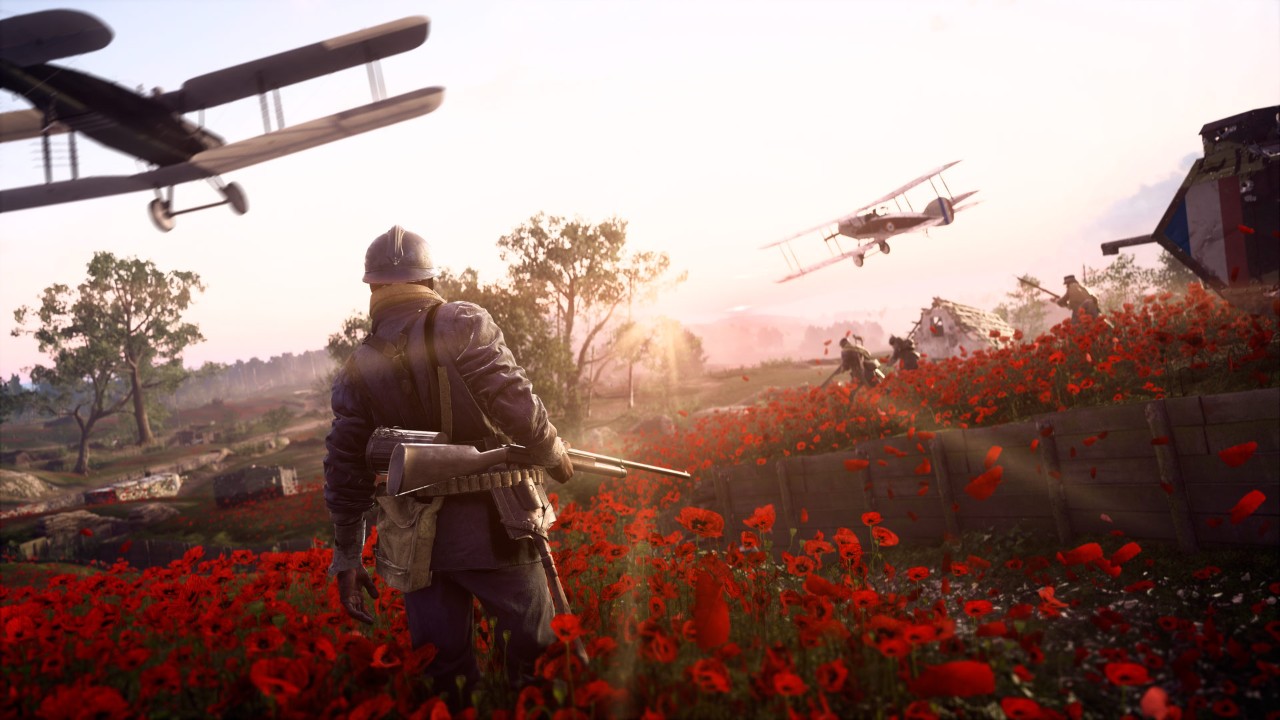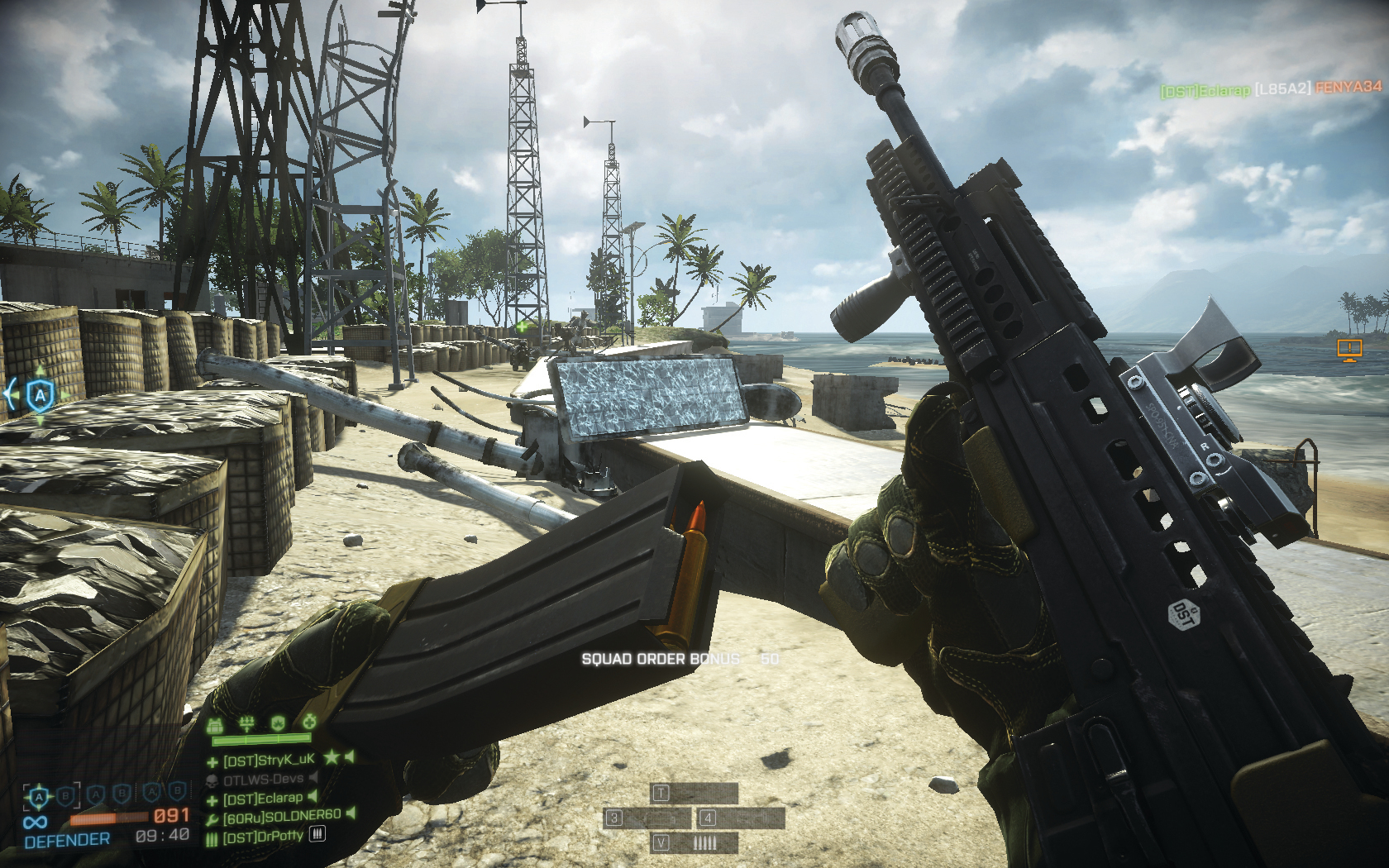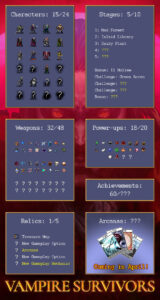This article first appeared in PC Gamer magazine issue 367 in March 2022, as part of our 'DNA Tracing' series, where every month we delve into the lineages behind iconic games and studios.
At a certain point, a name like DICE becomes ironic. The Swedish studio behind Battlefield and Battlefront isn't famed for taking great gambles in the field of interactive entertainment. Instead, it's known for facilitating one thing: large-scale multiplayer shootouts. Nestled deep in EA's corporate bosom, it's in no position to be agile or surprise anybody. Shareholders don't especially like surprises.
The last time DICE took a real risk was over a decade ago, with Mirror's Edge. At the time, it was looking to expand its portfolio beyond Battlefield. “It's important that you play to the strengths of the studio,” then-creative director Ben Cousins told GamesIndustry.biz in 2007. “I don't think we'd do a dancing game, for example. So we'd be looking for something fresh and interesting, something that's commercially viable, something that, if there's a gap in EA's portfolio, would slide in there – but something that fits the experience of the studio.”
DICE found its answer by tapping into the international craze for parkour. It wasn't alone – in the following months, both Bond and Assassin's Creed would do the same. But only DICE recognised the importance of the POV perspective to freerunning footage; the one-to-one connection that provides the vicarious thrill of tumbling between rooftops.

The studio had already long specialised in immersive first-person movement, and Mirror's Edge advanced the craft with flailing arms and sliding legs – on-screen elements that oriented and grounded the player in its platforming levels.
Initially, DICE had defaulted to designing Mirror's Edge as a multiplayer game, about cops and robbers – but by the time of its release it was singleplayer-only. One of its concept art characters became Faith, a courier living just beyond the reach of an oppressive society rendered in stark primary colours. Mirror's Edge still stands out in the studio's catalogue as an anomaly – a rare piece of coherent, directed worldbuilding among thinly-sketched shooter campaigns.
Eagle eye
Oddly enough, Battlefield actually has its roots in a singleplayer-first FPS, developed by another company. Codename Eagle was a clumsy, kooky caper, released in 1999 but set in an alternate 1920s, in which the Russian Empire conquered Europe. It evoked Half-Life and Medal of Honor – though without the tight choreography that made both of its peers classics. What it did have was vehicles: tanks, trucks, jeeps, helicopters and motorcycles with sidecars.

Disastrous netcode and frequent crashes made Codename Eagle nigh on unplayable in multiplayer, but those who persisted discovered a sandbox for absurd Hail Marys – targeted helicopter crashes, or plane-bailing parachute jumps onto the backs of blimps. In short, this was the prototype for Battlefield, which DICE purchased wholesale with the developer, Refraction Games. Refraction founder Patrick Söderlund would go on to become CEO, and ultimately one of EA's most powerful executives – riding that blimp all the way to the top.
Battlefield 1942 fixed the netcode (though it must be said, calamitous multiplayer launches remain a regular theme for the series to this day). It jettisoned the campaign. It redefined the game around simple classes that served as prompts for co-operation – backing up a squad as a medic, or tending to a tank as an engineer. Once Battlefield 1942 became a hit, DICE turned its back on a history of pinball and motorsports games to focus on its promising acquisition.
In many ways, DICE never bettered the formula, even as it folded in cutting edge visual effects and destructible terrain. In last year's Battlefield 2042, the high points were still provided by the same feats of vehicular heroics that distinguished Codename Eagle. Unfortunately though the class system had been desiccated, in favour of Call of Duty-style loadouts – so teamwork has been sacrificed for battlepass-friendly individualism.
Cam-pain
DICE has long been at its worst when copying CoD – sucked into an Autumn release rivalry between two major publishers. In Battlefield 4's campaign, it staged a gulag escape – something CoD had already done not once, but twice, in Black Ops and Modern Warfare 2. DICE even coupled the player with a scenery-chewing Russian convict, in the mould of Gary Oldman's inimitable Viktor Reznov.
The upshot of this mimicry is that DICE's singleplayer offerings have often been suffocatingly linear. You can't deny that accidentally leaving the combat area is a Battlefield tradition – but it usually happens at 200mph in a fighter jet. Doing so on foot while attempting to find the narrow permitted route through a campaign is less thrilling, to say the least.

Latterly, things have got a little better. For Battlefield 1 and Battlefield V, DICE adopted a short story structure for its campaigns that allowed it to jump between dramatically different spheres of combat, offering varied backdrops and doling out heavy consequences for its fleetingly-met characters. Better still, the studio has gradually caught on to the fact that its singleplayer offerings are most entertaining when embracing the jeep-jacking freedom particular to Battlefield.
Auto Theft
It's an approach exemplified by Nothing is Written, the Lawrence of Arabia story that closes out Battlefield 1. Playing as a Bedouin fighter, you undermine the Ottoman Empire by turning cannons, cars and horses against their owners – free to tackle objectives in whichever order you please, at whatever volume you like. It's the perfect thematic framing for DICE's most literal sandbox.
Yet even at their finest, DICE's campaigns have been derailed by bugs. Malfunctioning binoculars and enemies who watch through walls make a mockery of moments of Far Cry-esque planning and execution. You wonder whether, in the clamour for post-launch fixes to its multiplayer modes, the developer has tended to leave its campaigns for dead – despite the obvious love that has gone into them during development.
Perhaps it was inevitable that DICE would trim down and focus on multiplayer. It did once with Battlefield 1942, and has done again with Battlefield 2042. From now on, storytelling in the Battlefield games will be handled by a new EA studio run by Halo designer Marcus Lehto. It's a sensible decision, and DICE is a developer that's relied upon to be sensible. Still, it's hard not to look back at Mirror's Edge and think of the adventures that could have been.
- "
- 2022
- About
- acquisition
- advanced
- agile
- All
- among
- Another
- approach
- AREA
- around
- Art
- article
- Arts
- Battlefield
- Black
- bugs
- call
- Campaign
- Campaigns
- cars
- caught
- ceo
- characters
- company
- concept
- consequences
- cops
- corporate
- could
- credit
- day
- dead
- designer
- despite
- developed
- Developer
- Development
- DID
- different
- Director
- discovered
- dna
- down
- During
- Edge
- electronic
- Electronic Arts
- engineer
- entertaining
- Entertainment
- Europe
- executives
- Expand
- experience
- First
- Focus
- founder
- FPS
- Free
- Freedom
- fresh
- game
- Games
- gap
- great
- half-life
- Helicopter
- helicopters
- High
- history
- horses
- How
- HTTPS
- i
- image
- immersive
- important
- interactive
- International
- IT
- jump
- launches
- levels
- Long
- love
- major
- March
- Modern
- months
- motorcycles
- Motorsports
- movement
- multiplayer
- multiplayer game
- offering
- Offerings
- order
- owners
- parkour
- PC
- perfect
- perspective
- planning
- play
- player
- Playing
- Point
- portfolio
- powerful
- primary
- publishers
- reach
- release
- released
- Risk
- rivalry
- Route
- Run
- s
- Said
- sandbox
- Series
- set
- Short
- Simple
- So
- Society
- Story
- storytelling
- studio
- surprise
- system
- The
- theme
- Through
- time
- top
- trucks
- Vehicles
- Vicarious
- volume
- Watch
- What
- WHO
- wholesale











